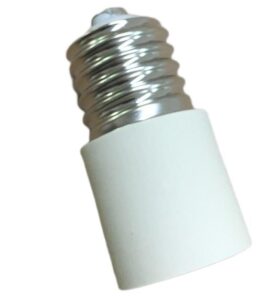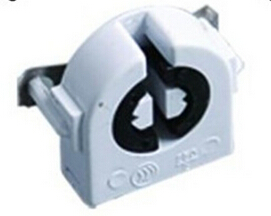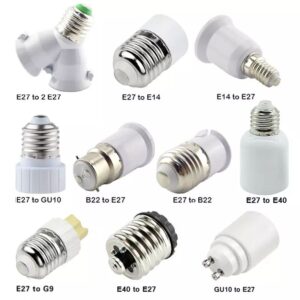Having a plug socket and light switch in close proximity can raise safety concerns about potential electrical hazards and functionality.
Understand the safety considerations, regulations, and best practices for safely using a plug socket and light switch in the same area.
Yes, it is generally safe to have a plug socket and a light switch nearby as long as they are installed according to electrical safety regulations and standards. Proper wiring and placement are key to ensuring safety.
Learn more about the safety guidelines and best practices for installing a plug socket and light switch together.

- Understanding Electrical Safety Standards for Sockets and Switches
In many countries, electrical safety codes (such as National Electrical Code (NEC) in the US) provide clear guidelines on the safe installation of electrical fixtures like plug sockets and light switches. These standards ensure that both fixtures are installed at the proper distance from each other and are wired correctly to prevent risks such as electrical shocks or short circuits. - Safety Considerations for Placement
- Distance: Regulations often specify the minimum distance required between a plug socket and a light switch, especially in areas like kitchens and bathrooms where water is present. For example, sockets should be placed away from moisture-prone areas to prevent electrical hazards.
- Grounding and GFCI Protection: Ground Fault Circuit Interrupters (GFCIs) are required in certain locations to protect against electrical shock, particularly in wet areas. Having a GFCI-protected socket near a light switch is a common safety feature in kitchens and bathrooms.
- Proper Wiring and Circuit Management
Ensuring the socket and light switch are properly wired is crucial for safety. Both fixtures should be on separate circuits if necessary, depending on the load requirements. A professional electrician should be consulted to ensure the wiring is done correctly, preventing overloads, short circuits, or other electrical hazards. - Safety in Bathrooms and Kitchens
Bathrooms and kitchens present special considerations because of their exposure to moisture. IP ratings (Ingress Protection) may be required for sockets and switches installed near water sources. Electrical codes often require GFCI sockets to be used in these areas to protect against electrical shock. - Potential Risks of Incorrect Installation
Installing a plug socket and light switch too close together or without proper grounding can increase the risk of electric shock, short circuits, and fire hazards. Incorrect wiring may also lead to issues such as flickering lights or socket malfunction, which could compromise safety. Hiring a licensed electrician is the safest way to avoid these issues. - Hiring a Professional for Safe Installation
While DIY electrical work can be tempting, ensuring your plug socket and light switch are installed correctly is critical for safety. A licensed electrician can ensure the fixtures are properly wired, meet electrical codes, and are installed with adequate grounding and protection against electrical surges.

With proper installation and adherence to safety standards, it is safe to have a plug socket and light switch near each other. Always consult a professional electrician for safe installation.













